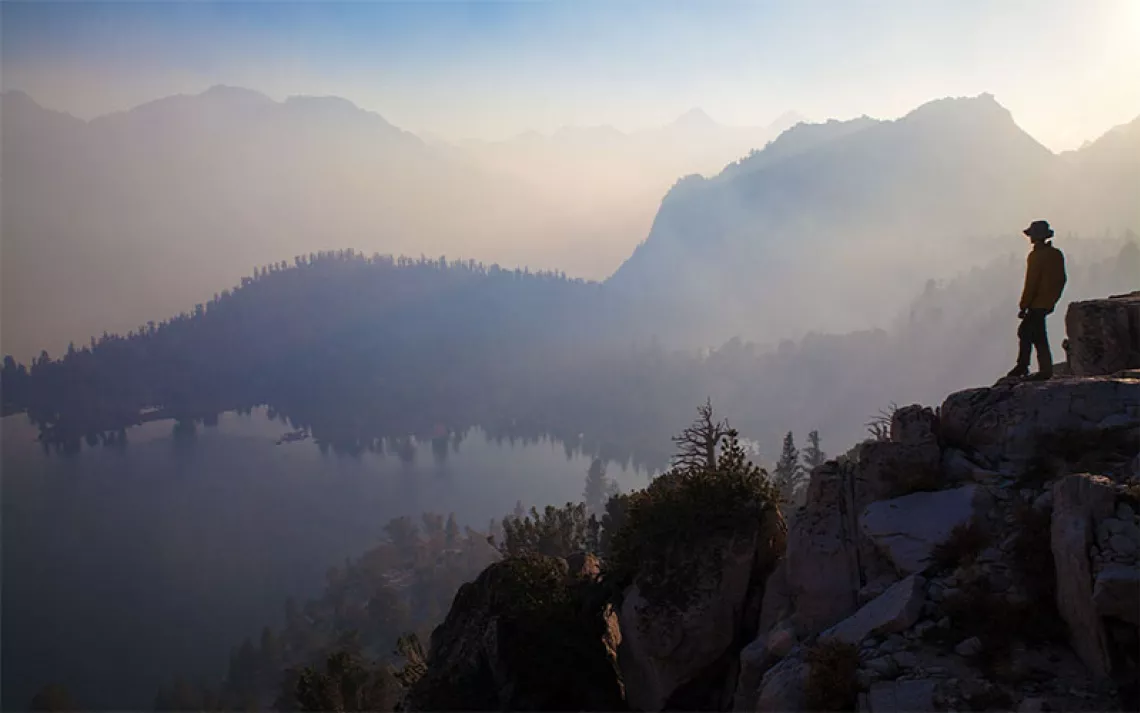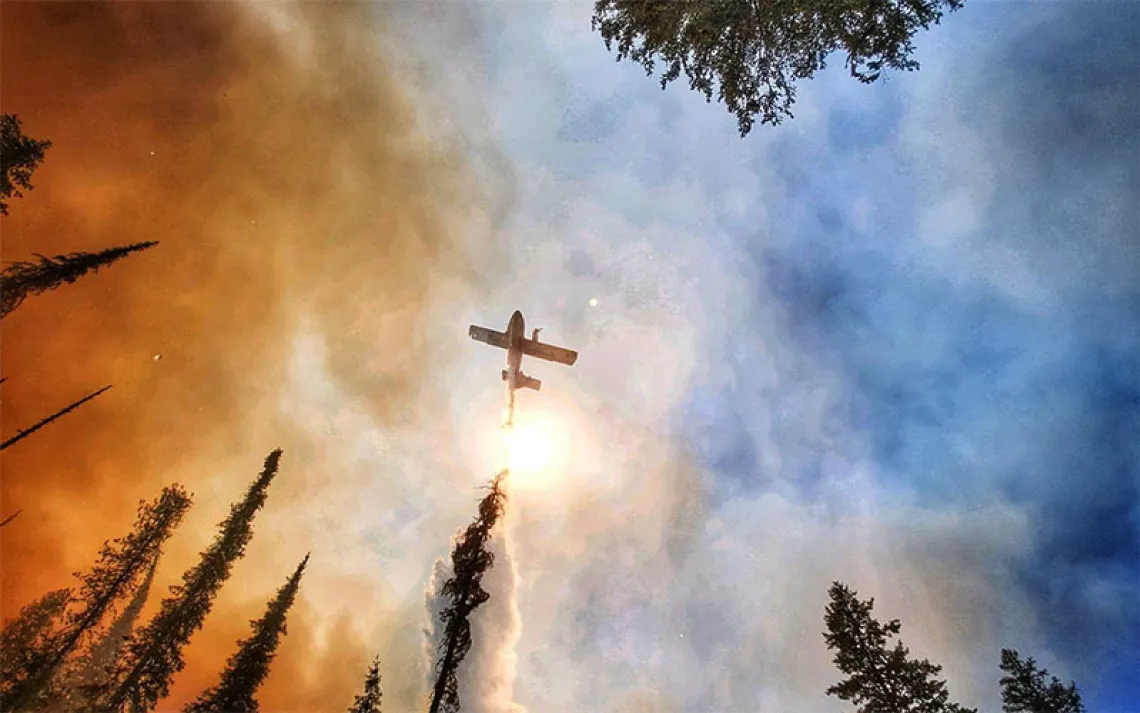Our National Parks Might Become a Gated Community
Secretary Zinke’s proposal to increase entry fees could make parks an exclusive playground

Photo by kellyvandellen/iStock
The mission of America’s national parks seems pretty clear. Legislation establishing the National Park Service, passed just over a century ago, said the parks and monuments should “conserve the scenery and the natural and historic objects and the wild life” of parks and monuments “by such means as will leave them unimpaired for the enjoyment of future generations.” Such places should be widely open to visitors. The Park Service is supposed to ensure that nothing “interfere[s] with free access . . . by the public.”
But somehow the people who now oversee the national parks didn’t get the memo. They’re hoping to jack up entry fees at some of the most iconic parks by such enormous percentages that those places will no doubt become less accessible to many.
Earlier this week, Interior Secretary Ryan Zinke announced a proposal to more than double entry fees at 17 of the most popular parks during the summer months. Vehicle fees will go from $30 to $70. Motorcycle visitors will see their entry fees spike from $25 (and as low as $12 in some parks) to $50. Per-person rates—for those who arrive on bicycle, foot, or horse—will go from $15 a head to $30.
America’s public lands, rightly celebrated as an inspiring example of the country’s democratic aspirations, are at risk of becoming a gated community.
Here are the names of the parks facing skyrocketing fee increases (on the chance that one of the places is beloved by you): Acadia, Arches, Bryce Canyon, Canyonlands, Denali, Glacier, Grand Canyon, Grand Teton, Olympic, Sequoia & Kings Canyon, Shenandoah, Yellowstone, Yosemite, and Zion National Parks.
You might be asking, What’s this all about?
Zinke claims the fee increases are needed to address the Park Service’s reported $12 billion backlog of maintenance projects. “The infrastructure of our national parks is aging and in need of renovation and restoration,” Zinke said in a statement calling for “targeted fee increases at some of our most-visited parks.”
I have a hard time believing Zinke’s concern about the infrastructure backlog when, at the same time, he and President Trump are proposing a budget that would cut spending on the Park Service by 13 percent and reduce staff by up to 1,200 employees. Zinke’s deferred maintenance anxiety feels a bit disingenuous—enough crocodile tears to match Yosemite Falls.
And while it’s true that some park facilities are badly in need of repair, the whole maintenance issue is a bit of a red herring. According to a report from the Center for American Progress, about $400 million of the backlog should actually be paid for by the concessionaires like Aramark and Xanterra that are making a killing on selling hot dogs at the visitor centers. Nearly half of the Park Service’s list of needs, close to $6 billion, is for repairing paved roads. And a good chunk of the deferred maintenance—some $1.3 billion, or about 10 percent of the total—is for road repair in just four national park sites.
Maybe the proposed entry fee hike is some gesture to show the administration is serious about fiscal probity—you know, help balance the budget by doubling the price for a family wanting to spend a summer vacation in Arches or Yellowstone. That doesn’t pass the sniff test either, not when Zinke is also giving oil and gas companies a nearly 30 percent discount on their shallow water leases in the Gulf of Mexico.
I suppose the plan, with its focus on the summer months, might be a way to reduce what has become the unbearable overcrowding at some parks at peak season, a challenge that park officials acknowledge is making it difficult to leave their stewarded areas “unimpaired.” But if you really want to improve visitor experience, you don’t ratchet up prices to keep people away; instead, you build new and better infrastructure, with more buses in and out of parks being the obvious solution.
There’s something more going on here. Zinke’s whole proposal—the government is going to make it vastly more expensive for you to visit the lands you already own—seems a perfect expression of the Trump administration’s id. In Trump and company’s narrow world view, there are no common goods or shared assets, no civic solidarity. Public lands? What are those? One must pay to play.
Zinke has insisted again and again that he is “absolutely against” the sale of public lands. Yet that’s exactly what he’s doing with this proposed skyrocketing of national park fees. No, I suppose there won’t be any transfer of title. But every summer our common grounds will be rented to the highest bidders. National parks will become more like the exclusive enclaves and private planes the Trump folks love so dearly.
The national parks are supposed to be open-aired temples of democracy. If Trump and Zinke get their way, the affluent will have the places all to themselves.
This article has been modified since its original reposting, which inaccurately detailed Park Service maintenance needs involving paved roads.
 The Magazine of The Sierra Club
The Magazine of The Sierra Club



